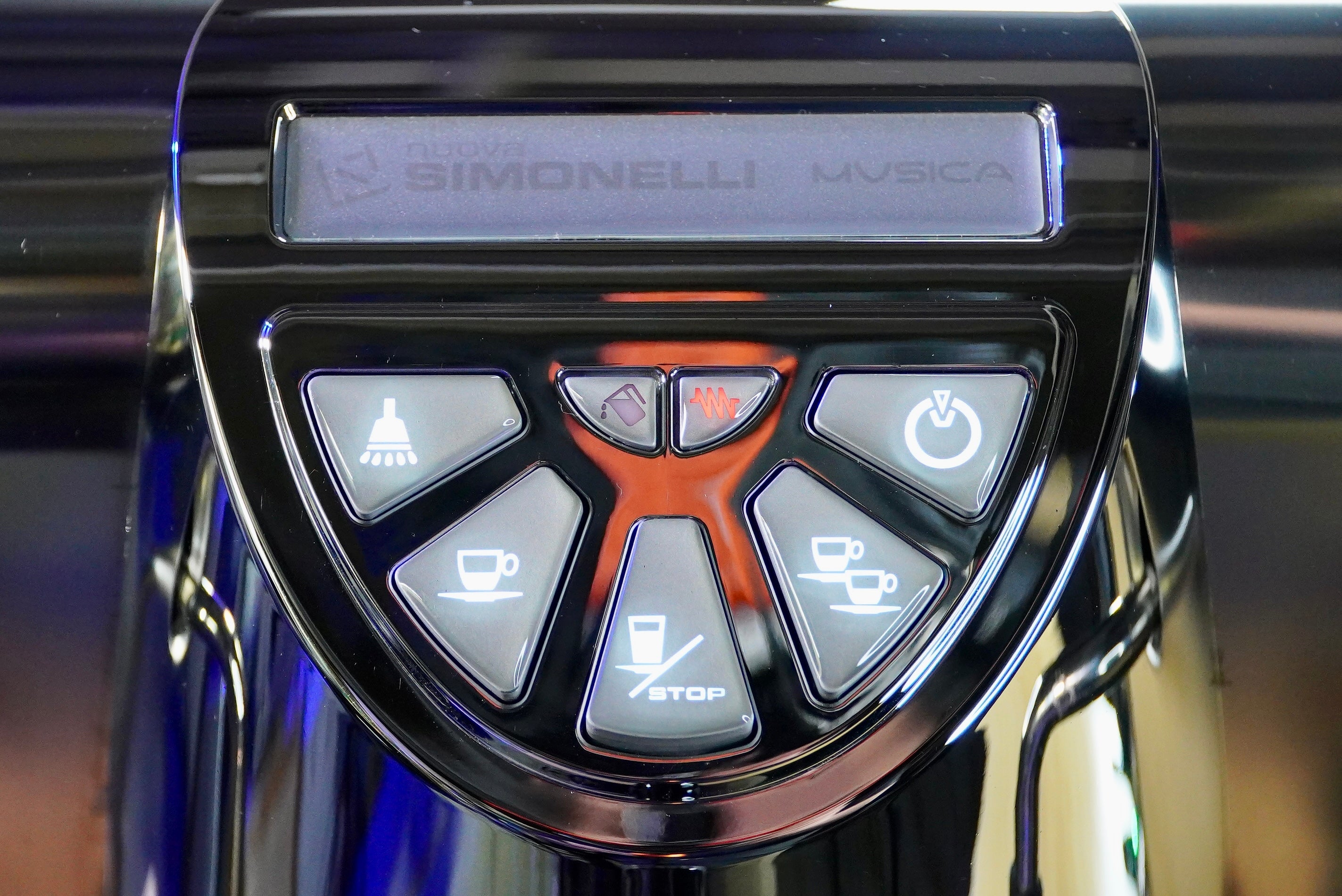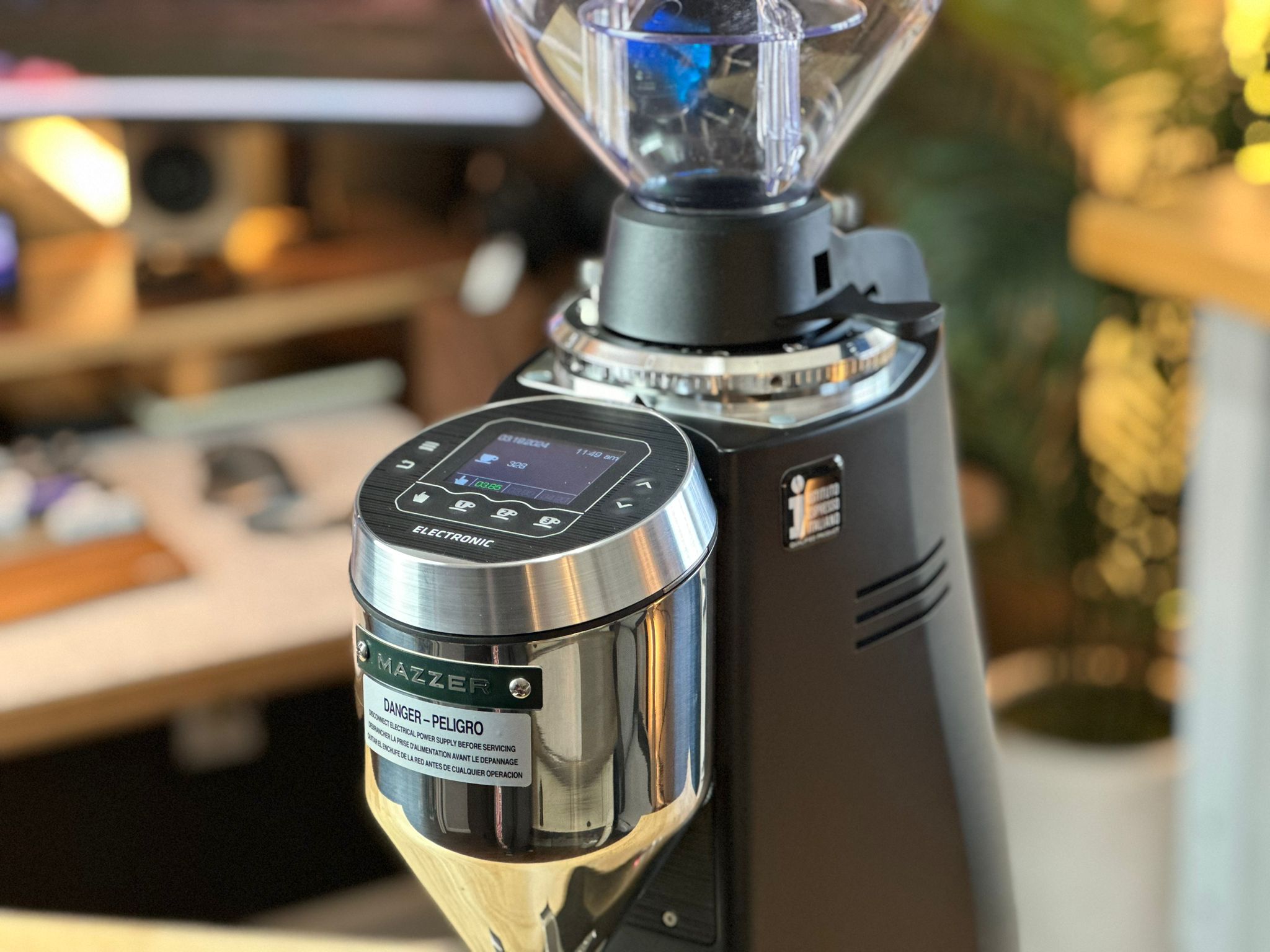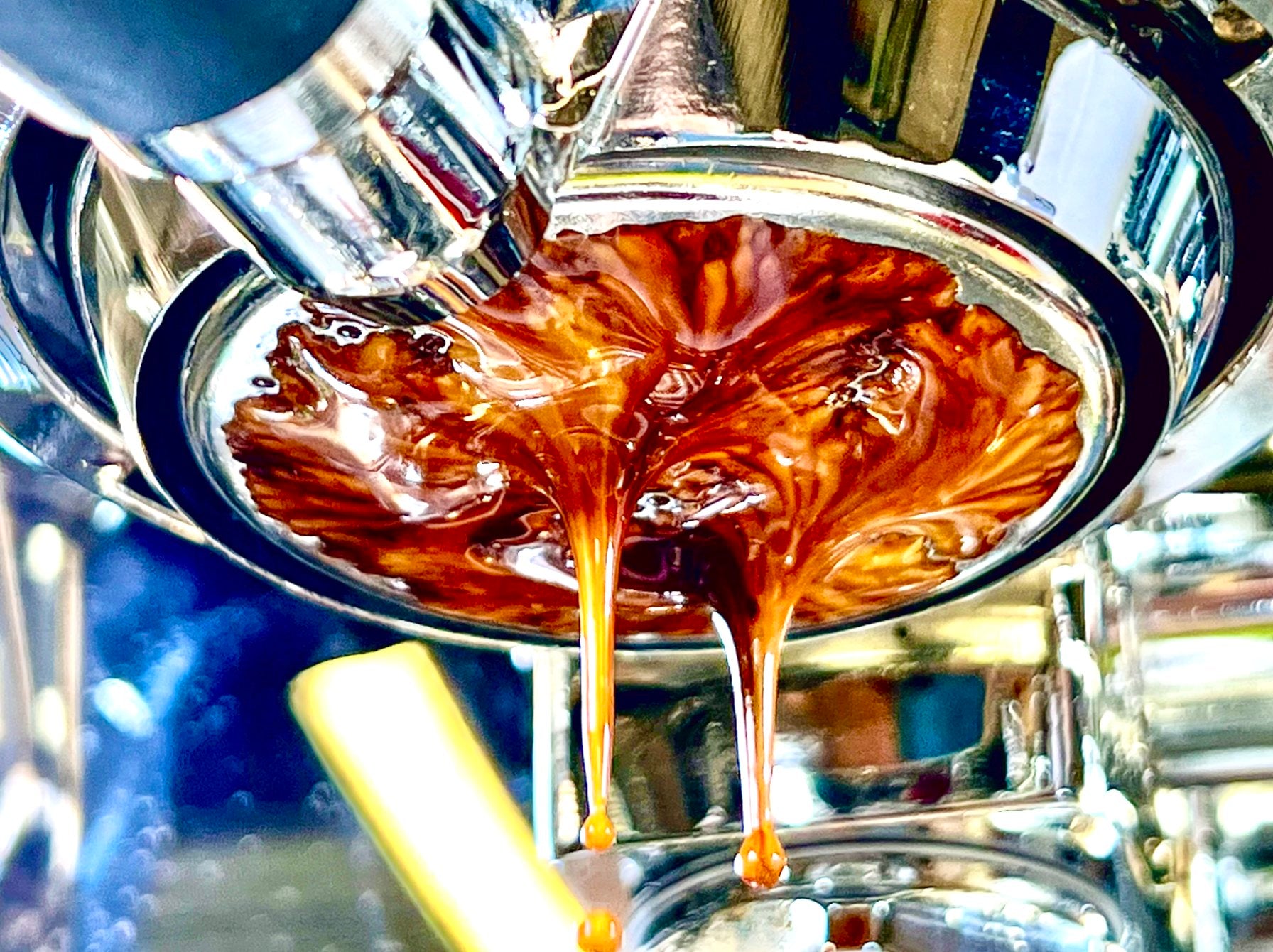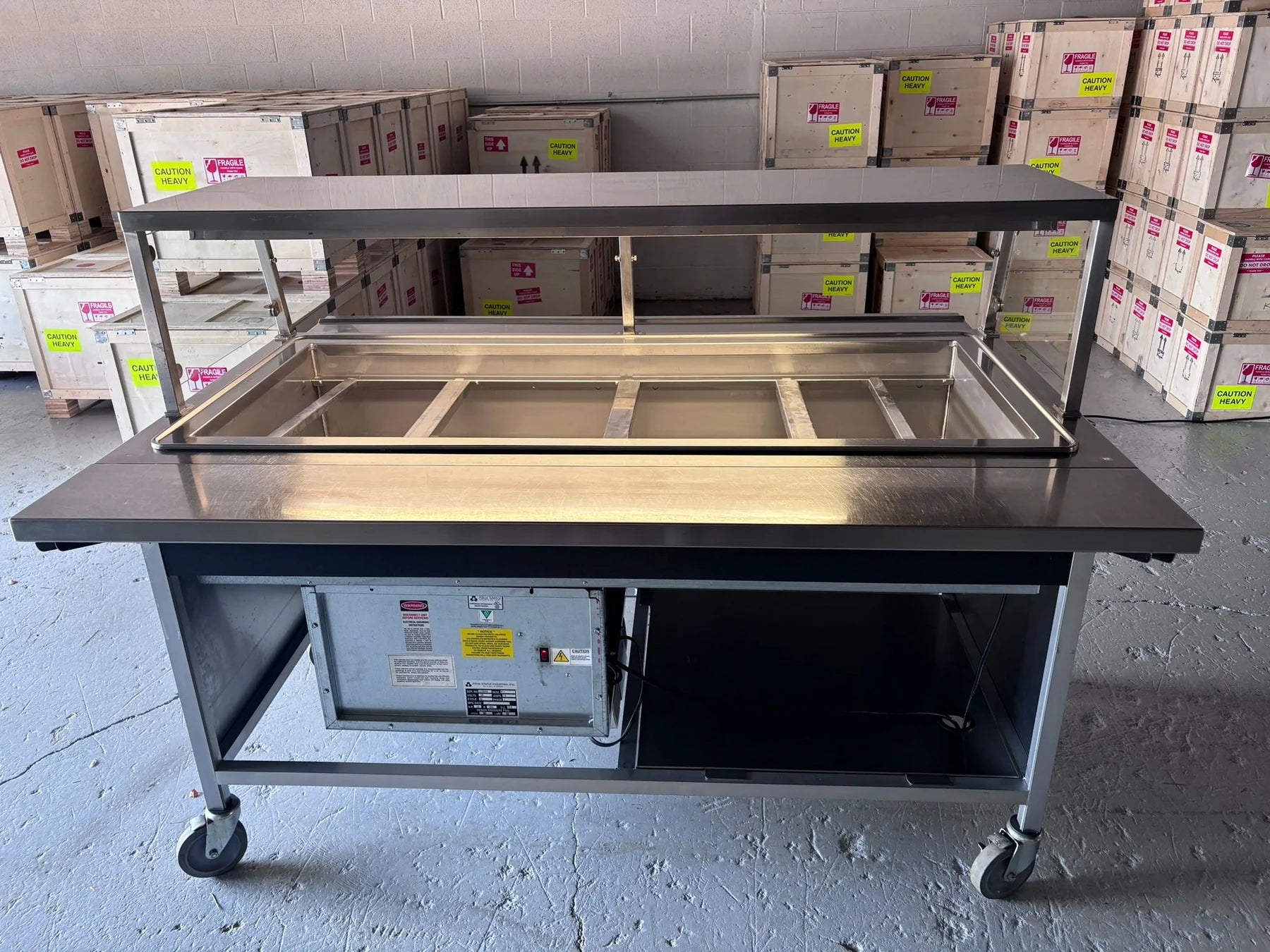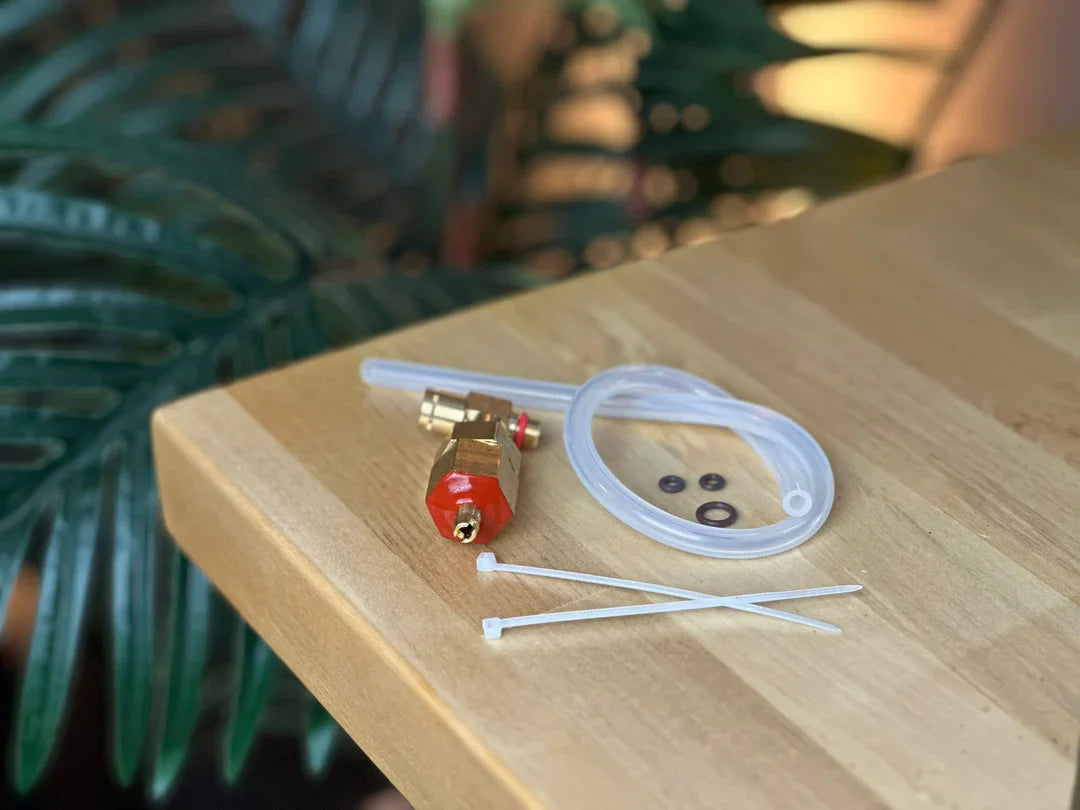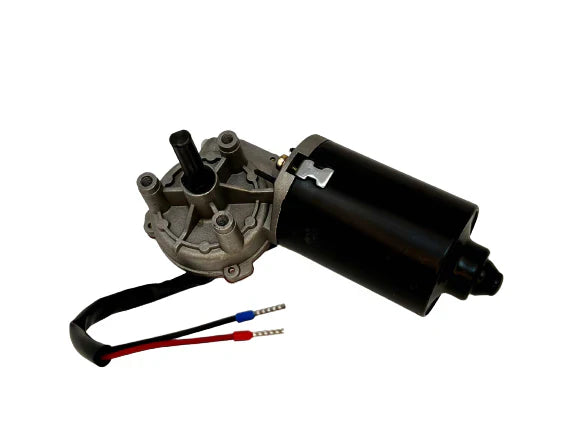Why is Crema Bitter?
Crema can sometimes taste bitter due to its unique composition and the way it forms during the espresso brewing process. Crema is a frothy emulsion made of oils, gases (primarily carbon dioxide), and micro-particles of coffee that are extracted when pressurized water is forced through finely ground coffee. Let’s explore why crema tends to have a bitter flavor:
1. Concentration of Bitter Compounds
During the espresso extraction process, crema traps and concentrates certain coffee compounds, many of which are responsible for bitterness.
-
Polyphenols and Melanoidins: These are naturally occurring chemical compounds found in coffee that contribute to its bitterness. Polyphenols, like chlorogenic acid, break down during roasting and extraction, creating bitter byproducts. Melanoidins, formed through the Maillard reaction during roasting, are also present in crema and contribute to its slightly bitter taste.
-
Caffeine: Crema contains a higher concentration of caffeine relative to the liquid espresso below. Caffeine itself is bitter, so the high concentration in crema can enhance the perception of bitterness.
2. Over-Extraction in Crema Formation
Crema is formed during the early stages of espresso extraction, when water is forced through the coffee grounds at high pressure. If the extraction process is not well-balanced, the crema may contain over-extracted compounds that contribute to bitterness.
-
Over-extraction happens when water stays in contact with the coffee grounds for too long or flows too slowly through them, pulling out more bitter compounds like tannins and quinic acid.
-
This is particularly true for dark roasted coffee beans, which are already more prone to bitterness. If the crema contains these over-extracted elements, it will have a stronger, more bitter taste.
3. High Concentration of Oils
Crema is rich in coffee oils, which are emulsified during the extraction process. While these oils add texture and body to espresso, they also concentrate bitter compounds.
- Coffee oils carry bitter flavor compounds more readily, especially from darker roasts. These oils float to the top of the espresso shot and become part of the crema, making it taste more intense and bitter.
4. Interaction with Carbon Dioxide (CO₂)
The high-pressure extraction process releases carbon dioxide (CO₂) trapped in the coffee beans. As the CO₂ rises to the surface, it forms the fine bubbles that give crema its characteristic foam. However, this gas also contributes to the astringent or sharp taste of crema.
-
CO₂ can create a slightly sour or bitter sensation on the palate, which contributes to the bitter perception of crema.
-
Freshly roasted beans contain more CO₂, which can exacerbate the bitterness of crema if not properly degassed before brewing.
5. Roast Level and Crema
The level of roast also plays a significant role in crema’s bitterness. Dark roasted beans, commonly used in espresso, are more likely to produce a bitter crema for several reasons:
-
Darker roasts have undergone more significant chemical changes during the roasting process, breaking down complex sugars and acids, which leads to the formation of bitter compounds like phenylindanes and quinic acid.
-
The oils present in darker roasts tend to emulsify more easily in the crema, carrying more bitter flavor compounds into the foam.
In contrast, lighter roasts produce crema that is typically less bitter but can be more acidic and delicate in flavor.
6. Grind Size and Water Temperature
The grind size and water temperature also impact crema's bitterness:
-
Finer grind: A very fine grind size can lead to over-extraction, pulling more bitter compounds into the crema. It slows down the water flow, giving it more time to extract not just the desirable flavors, but also bitter compounds.
-
Water temperature: If the water temperature is too high (above 96°C or 205°F), it can over-extract bitter compounds from the coffee grounds, which are then captured in the crema.
7. Contribution of Crema to Overall Espresso Flavor
While crema is bitter on its own, it plays an important role in balancing the overall flavor of espresso. The bitterness of crema contrasts with the sweetness and acidity of the liquid espresso, creating a complex and layered flavor profile.
- When crema is mixed into the espresso, it helps to enhance the mouthfeel and body of the coffee while also balancing the flavor. If you spoon off and taste the crema on its own, it will often taste more bitter because it is isolated from the rest of the espresso’s flavor components.
Conclusion: Why Crema Tastes Bitter
Crema's bitterness comes from a combination of factors, including the concentration of bitter compounds like caffeine and polyphenols, over-extraction during the brewing process, the presence of coffee oils, and the interaction with carbon dioxide. While crema may taste bitter on its own, it plays a crucial role in balancing the overall flavor and texture of a well-extracted espresso shot. Understanding these factors can help baristas and coffee lovers adjust their brewing techniques to minimize unwanted bitterness in crema and achieve a more balanced espresso.




